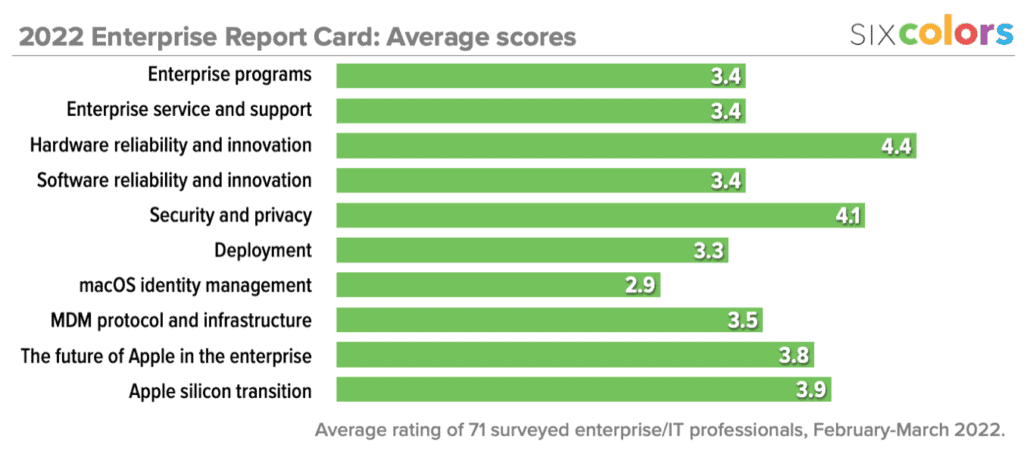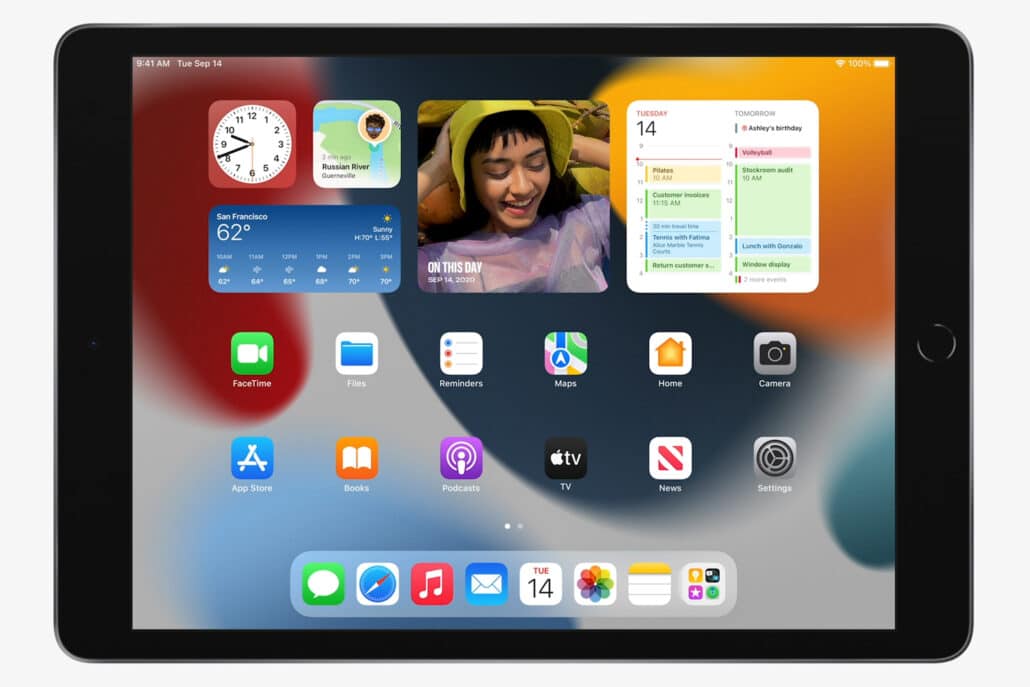
Fun With Charts: More speculation about Apple silicon
Will new MacBook Pros be announced at WWDC next week? Your guess is as good as mine. I’m sure Apple wouldn’t mind thrilling developers with new power laptops, since they are so often those very developers’ tool of choice.
But new MacBook Pros would require a chip more capable than the M1 chip currently residing in—let’s see here—the low-end Mac mini, the low-end 13-inch MacBook Pro, the MacBook Air, the 24-inch iMac, and the iPad Pro. Is that chip ready? Reports suggest that these new MacBook Pro models are on the way, but might not arrive until “Q3 2021.”
An optimist would point out that Q3 2021 starts in less than four weeks—plenty of time for Apple to announce them on Monday and ship them in July. While Apple usually resists announcements of new hardware with long lead times, this year has been different, due to some serious shortages in the supply chain. Add to that the unique circumstances of the move to Apple silicon—most MacBook Pro buyers are already holding back on their purchases due to the chip transition, so sales won’t be harmed by an early announcement—and it seems like Apple wouldn’t mind jumping the gun a little bit if it provided a shot in the arm to developers during WWDC week.
A pessimist, of course, would point out that Q3 2021 ends on September 30, an awful long time from now. And it’s certainly possible that new MacBook Pro models just won’t be ready until the fall.
But back to that new chip. Right now, all we know for sure about Apple’s approach to using its own chips in Macs is what we’ve seen with the M1. A single data point isn’t really great in terms of understanding trends, philosophies, or anything of the sort. But a second chip allows us to understand what Apple’s really up to—and how the Apple chip architecture can extend to support higher-end devices that are more powerful than any Apple has yet been asked to design.
Here’s how Bloomberg’s Mark Gurman described these new chips:
For the new MacBook Pros, Apple is planning two different chips, codenamed Jade C-Chop and Jade C-Die: both include eight high-performance cores and two energy-efficient cores for a total of 10, but will be offered in either 16 or 32 graphics core variations.
So following up on my Apple silicon speculation of last year, I thought I’d sketch out on the back of an envelope just how well these MacBook Pro models might fare in terms of raw multiprocessing performance:

Though Gurman’s report suggests these would be 10-core systems, the important number is the number of high-performance cores—eight. Though energy-efficient cores are very helpful in keeping a Mac bubbling along nicely, they don’t make enormous contributions to the overall top performance of a device. It’s all about the performance cores. And eight is—follow me here—twice as many as four.
So if an M1 processor scores around a 6180 in GeekBench 5’s multi-core score, I can extrapolate and guess that a new chip—let’s call it the M1X1, because I’m guessing that this chip is based on the same cores as the M1 and the A14 chips—would score roughly double the M1—let’s say 12,500.
To put this in context, I’ve included the current high-end Intel MacBook Pro models in the chart. The M1 models already surpass the existing 13-inch MacBook Pro with Touch Bar, but the eight-core 16-inch model still wins out in overall multiprocessor performance. (I’m leaving aside single-core performance, graphics power, and energy efficiency here and just focusing on top CPU speed.)
The 16-inch MacBook Pro would pale in comparison to the M1X, though. And it’s not hard to imagine Apple executives appearing in a video next week and declaring that the new MacBook Pros are roughly twice as fast as their predecessors.
Just for kicks, I also threw together a chart based on Gurman’s report that Apple is also planning Mac Pro models based on the same chip design, but variants with 20 and 40 performance cores. Yep, that’s a lot of cores. Just for kicks, let’s make a guess about future Mac Pro performance and compare it to existing Intel-based Mac Pro models:

The back-of-the-envelope calculation suggests a 20-core Apple silicon-based Mac Pro would be quite a bit faster than a 28-core Intel Mac Pro at multiprocessor performance, making it the fastest Mac of all time. And that 40-core model would be… well, yeah, more than twice as fast as the previous speed champion.
Those Mac Pros, when they come, won’t come cheap. But keep in mind that even the rumored M1X processor will be faster than every Intel Mac ever made that isn’t a high-end Mac Pro. You’ll probably be able to get that power in a MacBook Pro, and (presumably, at some point later this year) a Mac mini and iMac.
Will it all play out this way? We’ve had years to track iPhone and iPad chip patterns—and only have that one data point for the Mac. I’m hoping we find out more at WWDC next week—not just for the data point, of course, but also for the speedy new hardware that would be enabled by that new chip.
- Apple may well call it the M2—it’s just marketing. But I wonder what you call the next-generation low-end chip then… ↩






